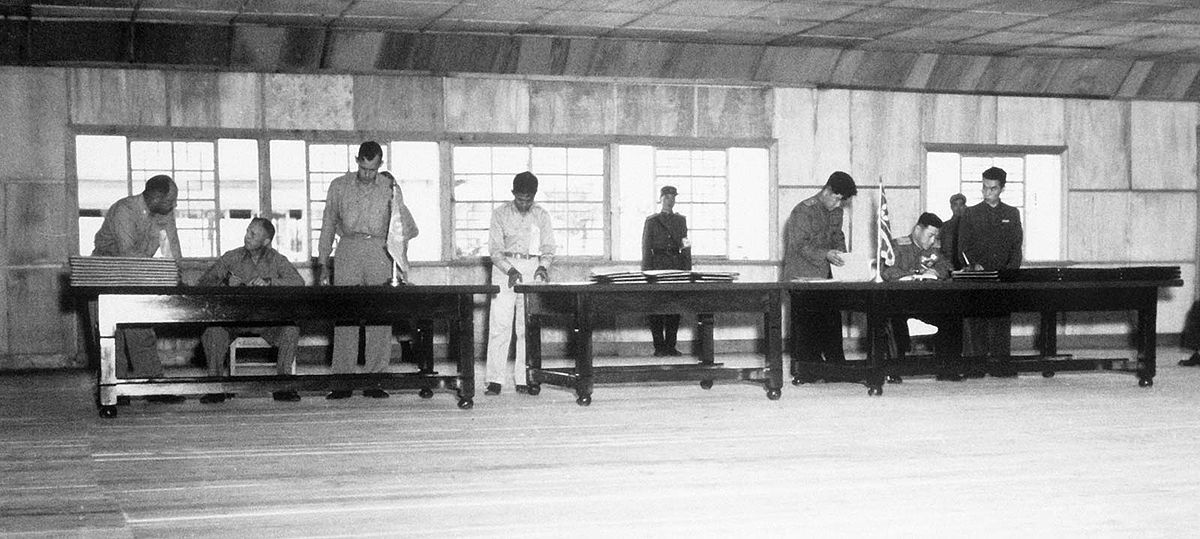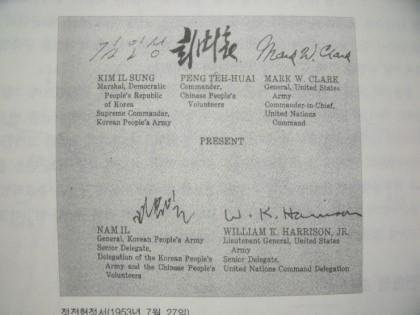
Today is “Korean American Day”.
#OTD in 1903, the first large group of Korean immigrants arrived in US-conquered territory. [Thread]
#OTD in 1903, the first large group of Korean immigrants arrived in US-conquered territory. [Thread]
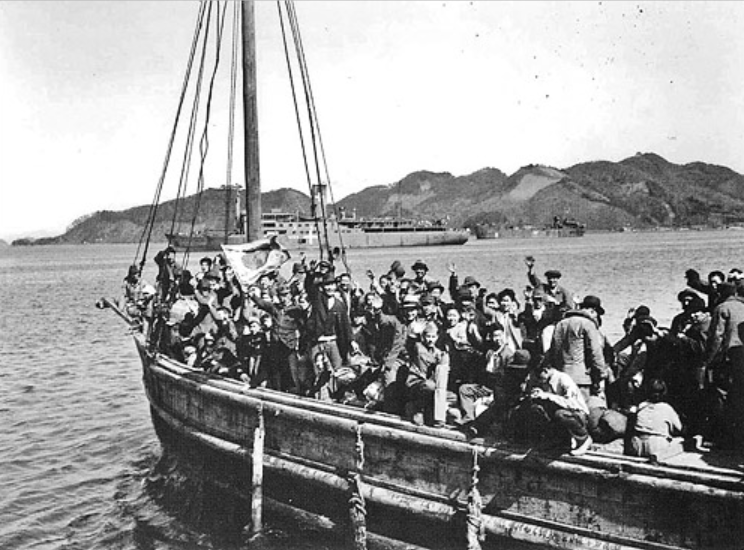
102 Korean men, women, and children arrived in Honolulu aboard the SS Gaelic to work in Hawaii’s sugar plantations. By 1905, Koreans comprised 11% of Hawaii’s plantation workforce—around 7000 people. 
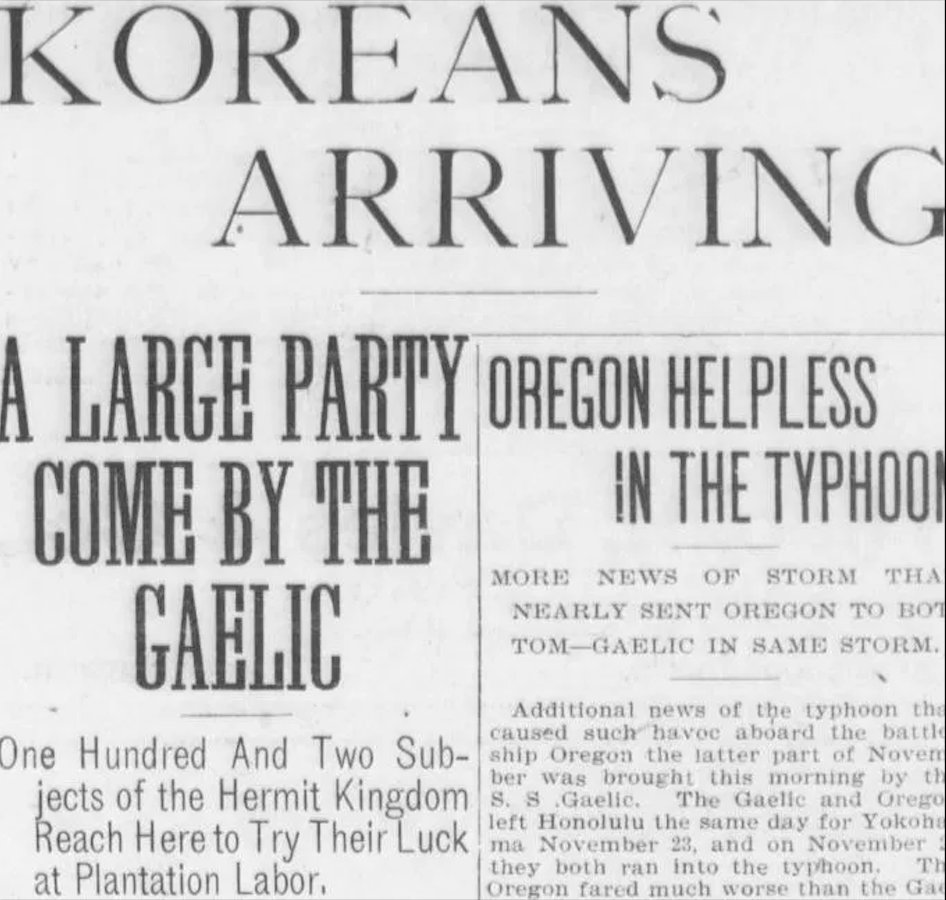
This first wave of Korean immigrants arrived amid sharpening imperialist rivalry in the Pacific. Korea had slowly been losing its independence for decades, and by 1903 was just two years away from becoming a protectorate of Japan.
At the same time, the US was consolidating its position in the Pacific, annexing Hawaii, Guam, and the Philippines in 1898, and partitioning Samoa in 1899.
(Pictured: US troops in the Philippines)
(Pictured: US troops in the Philippines)

US missionaries colluded with the Hawaiian Sugar Planters Association to secure a new, cheap labor force for Hawaii’s sugar fields. Many of the Koreans who arrived in Hawaii from 1903-1905 were Methodists. 
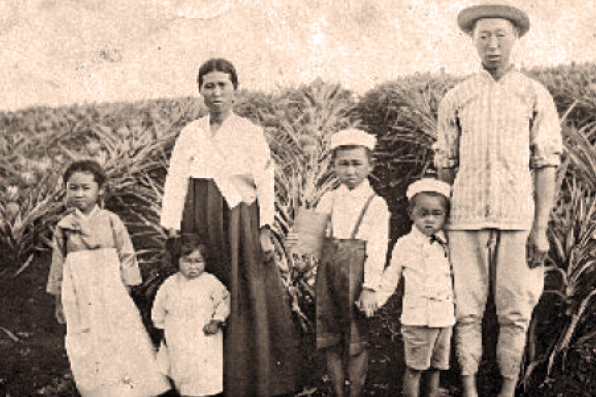
Promised an opportunity to escape religious persecution and poverty, Koreans arrived to find themselves exploited by Hawaii’s sugar barons.
Hawaii’s sugar plantations profited off of imported Asian labor for decades, especially from Japan. Foreign workers were preferred over native workers because their interests did not align with the Kanaka Maoli (native Hawaiians), and they were easier to control.
Once Japanese plantation workers became numerous & organized enough to pose a threat to profits, Koreans were brought in to weaken worker solidarity.
(Pictured: Koreans in Hawaii greeting newly arrived Korean immigrants at the dock)
(Pictured: Koreans in Hawaii greeting newly arrived Korean immigrants at the dock)

This strategy was mostly successful, although Koreans did participate in some strikes.
Because Koreans arrived in Hawaii after annexation, US labor laws applied and they were not subjected to long-term contracts that bound them to plantations like previous migrant laborers.
Many Koreans were therefore able to leave the plantations relatively quickly. Some left for Korea and California, while others moved to the cities.
(Pictured: Koreans in Riverside, CA in 1911)
(Pictured: Koreans in Riverside, CA in 1911)
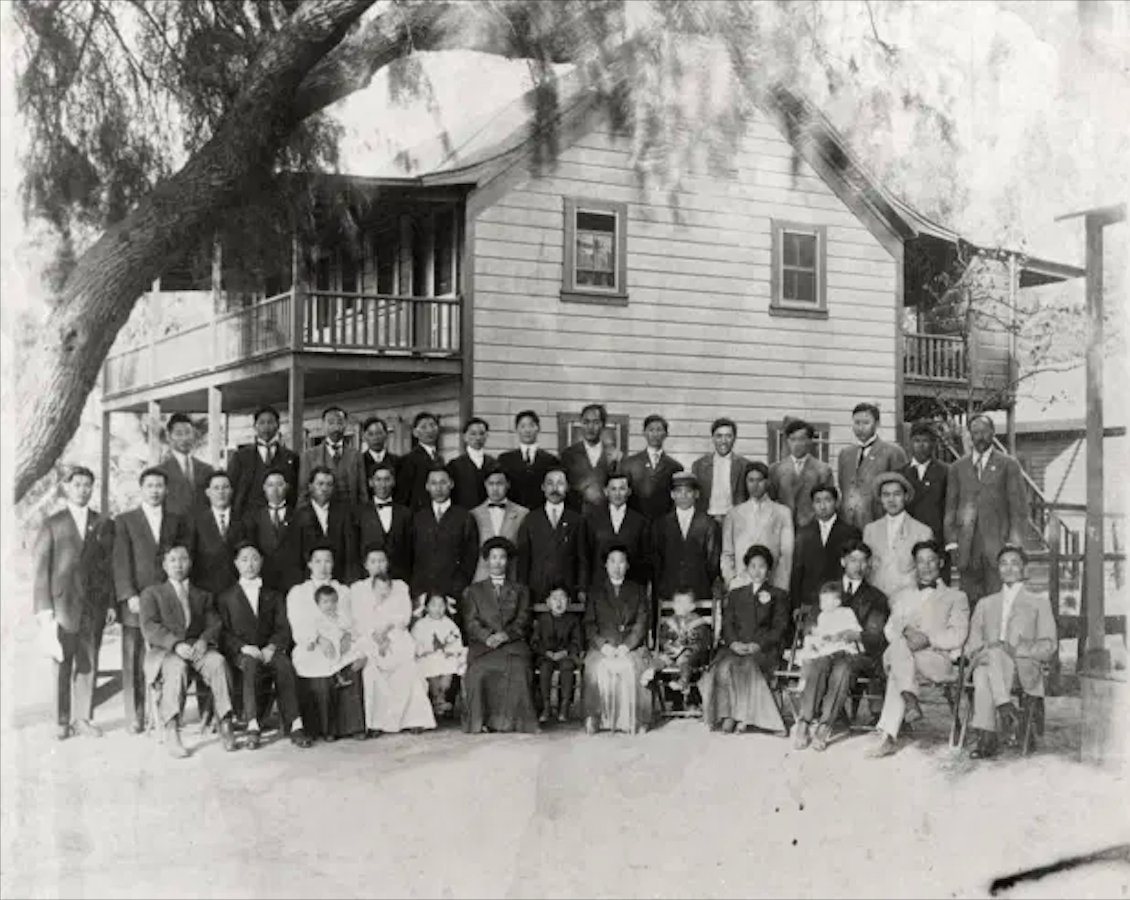
Korean immigration to the US was greatly reduced in the early 20th century. In 1905, the government of Korea banned emigration to the US and Mexico in response to reports of the abuse of migrants.
As part of the 1907 Gentlemen's Agreement between the US and Japan, which partitioned the Pacific into colonial spheres of influence, all subjects of Japan's empire (including Koreans) were banned from immigration to the US.
Although most Korean immigration was ended, about 1000 Korean women were allowed to migrate as “picture brides”—women chosen for marriage by overseas Korean men through photo advertisements. 

In 1924, the Oriental Exclusion Act banned all Asian immigration, including picture brides.
In 2003 (the 100th anniversary of the 1st wave of Koreans who arrived to Hawaii), Congress declared January 13th “Korean American Day” to commemorate the “immense contributions” of Koreans. 

This reflects the typical immigrant narrative in the US, which celebrates immigrant “contributions” and romanticizes immigrant labor without acknowledging settler colonialism or imperialism.
There are many ways to tell the story of Korean Americans. By emphasizing imperialism in the Pacific, we can connect the history of Korea with the history of Indigenous and colonized people throughout Asia, Oceania, the Americas, and Africa.
Rather than a liberal identity politics that encourages assimilation, we can practice an anti-colonial identity politics that encourages solidarity and resistance. 

• • •
Missing some Tweet in this thread? You can try to
force a refresh








